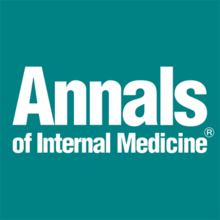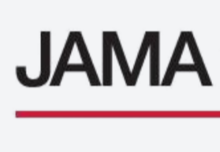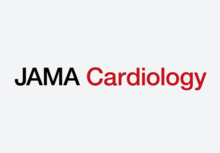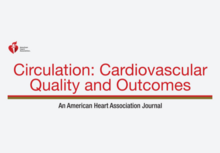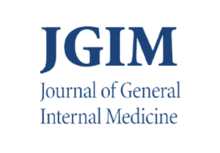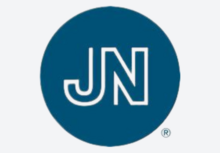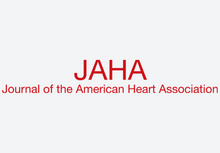Oseran AS, Aggarwal R, Figueroa JF, Maddox KEJ, Landon BE, Wadhera RK. Prevalence of Chronic Medical Conditions Among Medicare Advantage and Traditional Medicare Beneficiaries. Annals of Internal Medicine. 2025. https://pubmed.ncbi.nlm.nih.gov/39993310/. doi:10.7326/ANNALS-24-01531
Publications
2025
Diao JA, Wadhera RK, Manrai AK. Statins for Primary Prevention of Cardiovascular Disease-Reply. JAMA. 2025. https://pubmed.ncbi.nlm.nih.gov/39937462/. doi:10.1001/jama.2024.26591
Mein SA, Liu M, Marinacci LX, Rice MB, Wadhera RK. Neighborhood Exposome and Prevalence of Asthma and COPD in the United States. Annals of the American Thoracic Society. 2025. https://pubmed.ncbi.nlm.nih.gov/39928483/. doi:10.1513/AnnalsATS.202409-991RL
Berg FH, Lassen MCH, Vaduganathan M, Fonarow GC, Yeh RW, Zheng Z, Gislason GH, Biering-Sørensen T, Wadhera RK. Cardiovascular Hospitalizations Among Older Adults in the US and Denmark. JAMA Cardiology. 2025. https://pubmed.ncbi.nlm.nih.gov/39908055/. doi:10.1001/jamacardio.2024.5303
Small AM, Watson NW, Wadhera RK, Secemsky EA, Yeh RW. Advancing Health Equity in the Cardiovascular Device Life Cycle. Circulation: Cardiovascular Quality and Outcomes. 2025. https://pubmed.ncbi.nlm.nih.gov/39895492/. doi:10.1161/CIRCOUTCOMES.124.011310
Inoue K, Kazi DS, Vaduganathan M, Wadhera RK. Prescription Patterns for GLP-1 Receptor Agonists and SGLT2 Inhibitors by Physicians’ Years in Practice. Journal of General Internal Medicine. 2025. https://pubmed.ncbi.nlm.nih.gov/39843667/. doi:10.1007/s11606-025-09380-2
Bartlett VL, Liu M, Wadhera RK. Reply: Our Perspective on How Private Equity Platforms Can Accelerate Efforts to Improve Quality and Value. Journal of the American College of Cardiology. 2025. https://pubmed.ncbi.nlm.nih.gov/39843036/. doi:10.1016/j.jacc.2024.10.118
Liu M, Patel VR, Sandhu S, Wadhera RK, Keuroghlian A. Employment Nondiscrimination Protection and Mental Health Among Sexual Minority Adults. JAMA Psychiatry. 2025. https://pubmed.ncbi.nlm.nih.gov/39813024/. doi:10.1001/jamapsychiatry.2024.4318
Ferro EG, Reynolds MR, Xu J, Song Y, Cohen DJ, Wadhera RK, D’Avila A, Zimetbaum PJ, Yeh RW, Kramer DB. Contemporary Administrative Codes to Identify Pulmonary Vein Isolation Procedures for Atrial Fibrillation. Journal of the American Heart Association. 2025. https://pubmed.ncbi.nlm.nih.gov/39791397/. doi:10.1161/JAHA.124.037003
Bhatla A, Bartlett VL, Liu M, Zheng Z, Wadhera RK. Changes in Patient Care Experience After Private Equity Acquisition of US Hospitals. JAMA. 2025. https://jamanetwork.com/journals/jama/fullarticle/2829041. doi:doi:10.1001/jama.2024.23450

